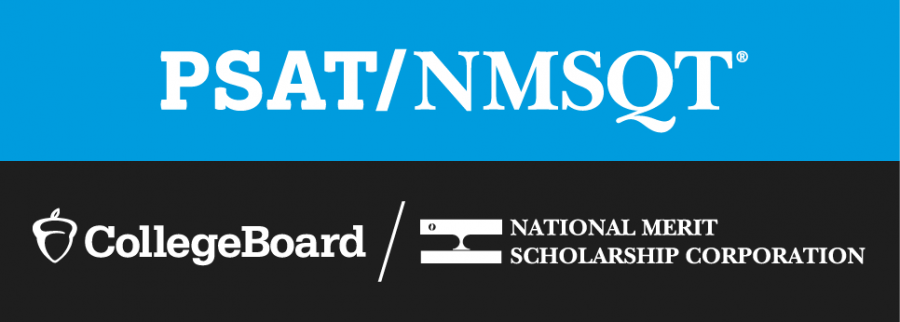What you should know about the PSAT
The PSAT, a test that will help lead you to success.
January 23, 2021
The preliminary SAT was established in 1971 by the National Merit Scholarship corporation who adopted the College Board’s Preliminary SAT exam (PSAT) as the qualifying test for scholarship consideration. What should all new PSAT test-takers need to know before they take the test? They should understand what exactly the test consists of, what it’s for, and how it affects our future.
Prior to 1997, the PSAT was composed of only Math and Verbal sections. These sections compile Now the PSAT includes two sections, Evidence-Based Reading & Writing, and Math. It is composed of 3 total tests; reading, writing and language, and math. Although, Each student has 2 hours and 45 minutes to complete the tests. The Reading and Writing Sections are combined into one section score, and the Math section now includes a portion in which usage of calculators is prohibited. The scores for each section range from 120 to 760, adding up to a maximum score of 1520. The test is mostly multiple-choice, but there are four grid-in math questions at the end of each math section that require takers to enter their responses on a grid.
Questions that are commonly asked:
What are the advantages of taking the test?
When you take the PSAT, you may earn a qualifying score to enter the National Merit Scholarship Program and compete for national recognition and college scholarships. To be considered for a National Merit Scholarship, you must also satisfy high academic standards and other requirements. The PSAT score range is from 320 to 1520. The average PSAT score is around 920 (460 in Math and 460 in Evidence-Based Reading and Writing), while an outstanding PSAT score (one that will qualify you as a National Merit Scholarship semi-finalist) is between 1420 and 1480.
Can the PSAT hurt me?
Your acceptance or rejection into college is much more dependent on the SAT or ACT, so the short answer is “no,” colleges don’t care at all about the PSAT. An abysmal score on the PSAT will not have any direct effect on your chances of getting into college.
How is it connected to the SAT?
The PSAT/NMSQT is practice for the SAT. Its sections and questions follow the same format. It is aligned to the SAT, with similar question types and the same Reading, Writing, and Math sections. The PSAT is scored on the same rubric, but a slightly different scale, as the real SAT. While the SAT is scored in a range of 400–1600, the PSAT is scored in a range of 320–1520.
How do I take the PSAT?
Unlike the SAT, PSAT registration is not facilitated by the College Board. Instead, students register for the PSAT through their high schools. Normally for Yorba Linda High School, you would get around a month to sign a paper or document. This is an example of the document Juniors needed to sign last year: YLHS 2021 PSAT Test Form.
How can I prepare for the PSAT?
To maximize the PSAT, high school students should consider spending time over the summer preparing for the exam. Students should read If you’re not already an avid reader, you need to start reading as much as possible. Take a PSAT practice test just to get an idea of potential questions.
Clearly, the PSATs are very important to students acting as a great primer for the SAT -Scholastic Assessment Test-, and even the ACT, but it’s more than just a trial run. Lily Radmard (9) states that “Its usefulness kind of depends on your priorities because from what I’ve read, getting accepted into a college depends more on the SAT/ACT, but the PSAT would be useful for if you want to get a scholarship.” Credible points made that it all built upon how you plan on paying for college, or if you even want to go to college. Although, the test does deserve the credit of relieving the stress out of the college admissions and financial aid process.






































faith desio • Feb 13, 2021 at 9:42 AM
I think is article is very helpful and informative! I learned so much about the PSATs from this article. Thank you for expanding my knowledge!